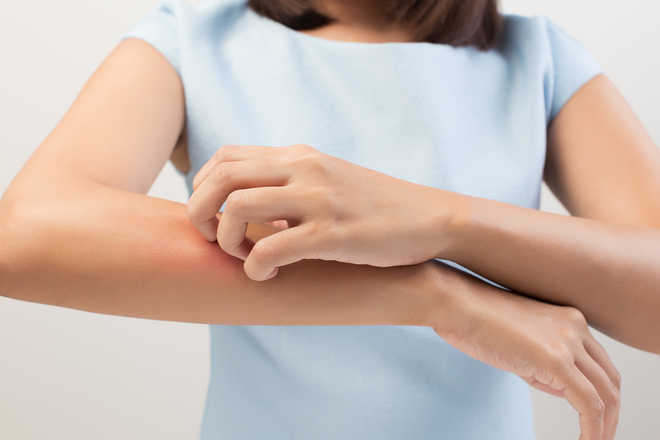BERLIN: In a first, scientists have successfully treated a child suffering from extensive skin damage due to a genetic disease using transplants derived from genetically modified cells.
The boy suffers from epidermolysis bullosa, a genetic skin disease that had destroyed about 80 per cent of the outermost layer of his skin.
After all established therapies had failed, the medical team from at the Ruhr-Universitat Bochum in Germany and University of Modena in Italy decided to try an experimental approach.
They transplanted skin derived from genetically modified stem cells onto the wound surfaces.
Thanks to the successful therapy, the boy is now – two years after the treatment – able to participate in his family’s life and social life.
Epidermolysis bullosa is the scientific name of a congenital skin disease that is currently considered to be incurable.
Its underlying mechanism is a defect in protein-forming genes that are essential for skin regeneration. Even minor stress can result in blisters, wounds, and skin loss with scar formation.
Depending on disease severity, internal organs may likewise be affected, leading to critical dysfunctions.
The disease significantly reduces the patients’ quality of life; often it is also life-threatening.
By the time, seven-year-old Hassan was admitted to the paediatric intensive care unit at Katholisches Klinikum Bochum in June 2015, 60 per cent of his epidermis was lost.
“He suffered from severe sepsis with high fever, and his body weight had dropped to a mere 17 kilogrammes – a life- threatening condition,” said Tobias Rothoeft, Consultant at the University Children’s Hospital at Katholisches Klinikum Bochum.
Due to the poor prognosis, doctors opted for an experimental therapy: the transplantation of genetically modified epidermal stem cells. The cells were obtained from the patient via skin biopsy.
The transplants were applied to the boy’s arms and legs, entire back, flanks, and partially to the stomach, neck and face as well.
“Overall, 0.94 square metres of transgenic epidermis were transplanted onto the young patient in order to cover all defects, accounting for 80 per cent of his entire body surface,” said Tobias Hirsch, head consultant at the department of plastic surgery.
Following the first transplantation in October 2015, the patient’s condition began to improve. The transgenic stem cells formed a new epidermis with intact binding proteins in all transplanted areas.
The integration of the intact gene through retroviral gene transfer into the genome of the epidermal stem cells had been successful and was proven to be stable.
In February last year, the patient was discharged. Today, almost two years after the experimental therapy was initiated, high-quality, stress-resistant skin with intact hydrolipid film, as well as early formation of hair, researchers said.
No scar contractures have appeared in transplanted areas.
Hassan is attending school again and is actively taking part in his family’s social life, they said.




 Driving Naari Programme launched in Chandigarh
Driving Naari Programme launched in Chandigarh































